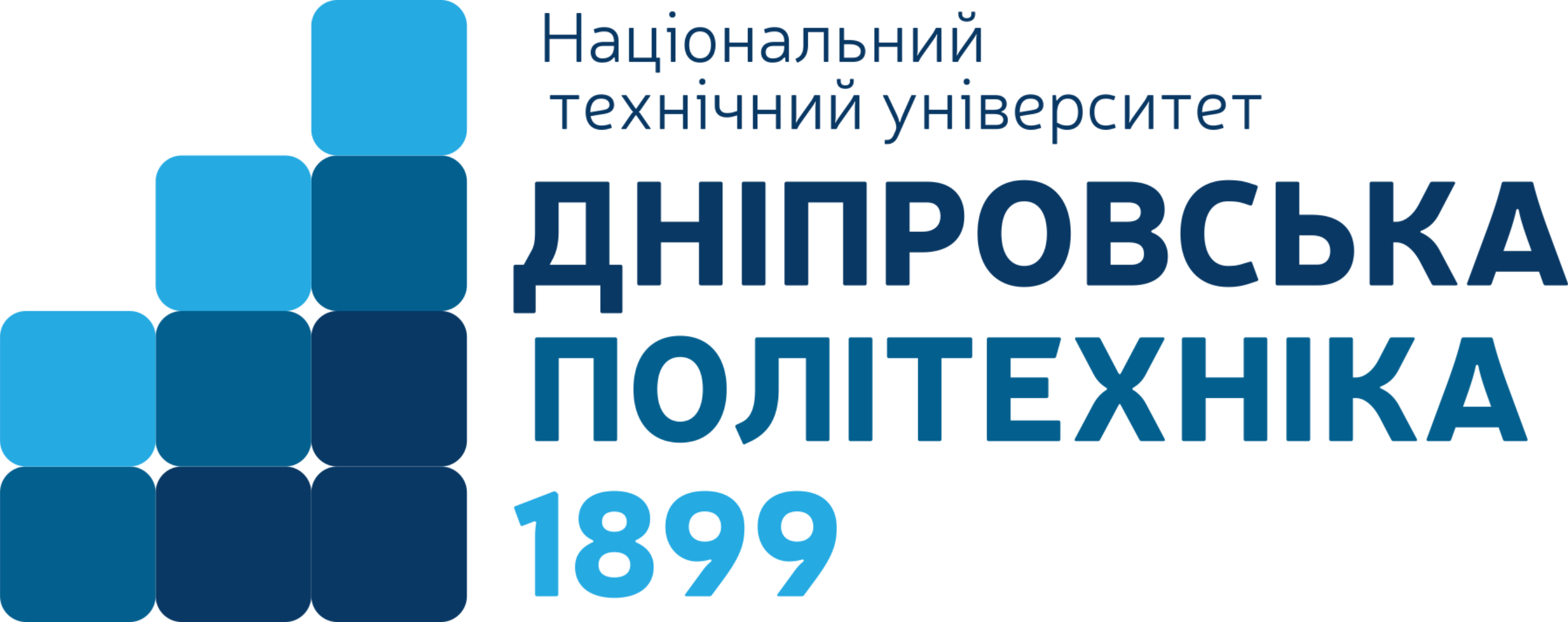Requirements for execution
The volume of the article is 10–20 pages (Main part). Font – Times New Roman, size – 14, line spacing – 1.5, margins – all 2 cm, paragraph – 1.25 cm. Formatting paragraphs with spaces (spaces) or tabs is not allowed. In the text it is necessary to use quotation marks only of such sample: "". Transfers are prohibited in the text. Page numbering is not conducted.
The UDC index (universal decimal classifier) is placed in front of the title of the article, a separate line, in the upper left corner. The author determines the UDC index.
Information about the author (authors) is indicated in English and Ukrainian after the UDC index (command – text width alignment) with indication of surname and name, academic degree and academic title, position, place of work and its full address, e-mail of each co-author; line below – ORCID number (http://orcid.org/), Scopus-Author ID (indicated in the presence of indexed publications in Scopus). All information is given in the nominative case. The name of the author (authors) is highlighted in bold and italics, other information – only in italics. Available in Ukrainian and English. The ORCID number and Scopus-Author ID are determined by the author.
Bibliographic description of the article (submitted by the editors).
The title of the article in Ukrainian and English (all uppercase letters).
The abstract is submitted in Ukrainian and English (at least 1,800 characters with spaces in each annotation). If the article is submitted in Polish, the abstract is submitted in three languages. The abstract is submitted in accordance with the requirements of scientometric databases as a structured abstract, and should contain the following selected elements: purpose of work, methodology, scientific novelty, conclusions.
Key words – words from the text of the material, which from the point of view of information retrieval carry a meaningful load. Key words are presented in the nominative case, the total number of keywords - not less than three and not more than seven, are presented in Ukrainian and English.
The main part of the article should contain the following structural elements:
• urgency of the problem;
• analysis of recent research and publications (only a list of surnames is not allowed);
• purpose and main objectives of the study;
• presentation of the main research material;
• conclusions and prospects for further exploration of this issue;
• bibliography / References.
References in the text are put in round brackets: an author’s surname – comma – publication year – comma – pages which contain information the author refer to (Бібіков, 2010, с. 25). References to several pages are presented simultaneously by a semicolon (Бібіков, 2010; Коваленко, 2007; Шевченко, 2015), the indication of pages is optional.
Bibliography must involve at least 10 items in source languages (exception – Chinese, Japanese, Korean and Arabic). In that case, a source should be translated into English with the indication of a source language in square brackets. Bibliographic entry is executed taking into account developed in 2015 the National Standard of Ukraine DSTU 8302: 2015 “Information and documentation. Bibliographic reference. General principles and rules of composition”.
At the end of the article is a transliterated and translated into English version of the literature (References), designed in accordance with the agreements of the APA (American Psychological Association).
The amount of tabular material and figures should not be excessive. The digital material is presented in a table which has a serial number (for example, Table 1 (in italics) and a title (printed above the table in the middle in bold). Figures should also be numbered and have names, which are indicated under each of the figures in the normal font (for instance, Fig. 2. Dynamics of sugar production in Ukraine in 2013–2019).
Figures made in MS Word need to be grouped; they must be represented by a single graphic object. For figures made in Excel, you need to send an Excel file in addition to the article.
Formulas are executed using the built-in MS Equtation formula editor and are numbered to the right.
The editors recommend using patterned filling of diagram segments in black and white.
EXAMPLE OF THE ARTICLE EXECUTION:
Секція/рубрика/розділ/спеціальність
UDC 342.9+349.6+553.3/9
Yulia LEHEZA
Doctor of Law, Professor, Professor at the Department of Civil, Economic and Environmental Law, Dnipro University of Technology, 19 avenue Dmytra Yavornytskoho, Dnipro, Ukraine, 49005
ORCID: 0000-0002-4896-3178
Scopus Author ID: 57215790362
DOI:
To cite this article: Leheza, Yu. (2022). Pravovyi rezhym obliku ta povodzhennia z vidkhodamy hirnychodobuvnoi promyslovosti [Legal regime of accounting and waste management of the mining industry]. Law. State. Technology, 3, 32–40, doi:
Legal regime of accounting and waste management of the mining industry
Issues of legal regulation of the use and protection of mining waste …. анотація має бути великою (мінімум 1800 знаків)
Key words: administrative responsibility, economic and legal responsibility, state control and supervision, waste, accounting, certification.
Юлія ЛЕГЕЗА
доктор юридичних наук, професор, професор кафедри цивільного, господарського та екологічного права, Національний технічний університет «Дніпровська політехніка», просп. Д. Яворницького, 19, Дніпро, Україна, 49005
ORCID: 0000-0002-4896-3178
Scopus Author ID: 57215790362
DOI:
Бібліографічний опис статті: Легеза, Ю. (2022). Правовий режим обліку та поводження з відходами гірничодобувної промисловості. Law. State. Technology, 3, 32–40, doi:
Правовий режим обліку та поводження з відходами гірничодобувної промисловості
Питання правового регулювання використання та охорони відходів гірничодобувної промисловості … анотація має бути великою (мінімум 1800 знаків)
Ключові слова: адміністративна відповідальність, господарсько-правова відповідальність, державний контроль та нагляд, відходи, облік.
Текст статті
ВАЖЛИВО: посилання на літературу подаються в тексті тільки в круглих дужках: … (Гладій, 2017: с. 23).
BIBLIOGRAPHY:
1. Гладій О.В. Адміністративно-правовий режим техногенних родовищ. Запоріжжя : ЗНУ, 2017. 249 с.
REFERENCES:
(оформити згідно з вимогами APA Style Reference Citations)
1. Hladii, O.V. (2017) Administratyvno-pravovyi rezhym tekhnohennykh rodovyshch [Administrative-legal regime of technogenic ancestors]. Zaporizhzhia: ZNU [in Ukrainian].







